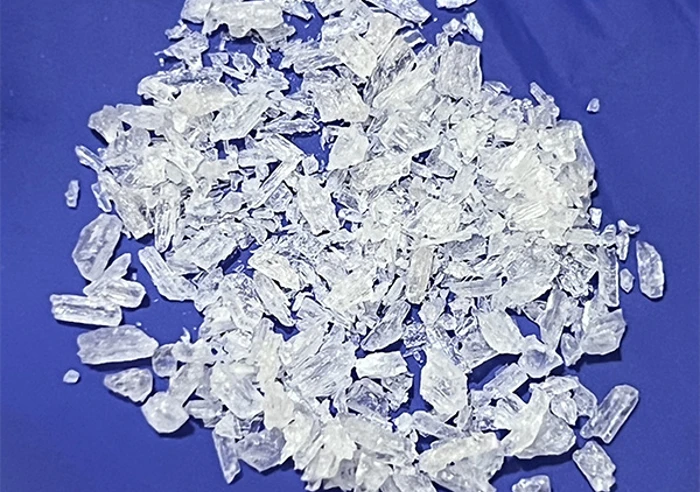
Generation X disproportionately impacted by methamphetamine-related deaths: new study
Australia’s generation X — people born between 1962 and 1982 — face the highest risk of death from methamphetamine-related causes among all age groups, according to a new Burnet Institute study.
Published in the journal Addiction, the study found this generation experienced the highest risk of dying from methamphetamine-related causes, including accidental drug toxicity and cardiovascular disease.
Methamphetamine-related deaths in Australia have more than quadrupled over the past 20 years. This rise is compounded by pervasive stigma surrounding drug use, widespread misinformation about people who use methamphetamines, and limited access to tailored support services — all of which create barriers to care.
The study, titled 'An age–period–cohort–interaction analysis of meth/ amphetamine-related deaths in Australia, 2001–2020', examined two decades of data from the National Coronial Information System — a database that records all deaths reported to coroners in Australia and New Zealand.
It aimed to untangle the interplay of age, generational cohort, and time period on methamphetamine-related deaths.
Burnet PhD candidate and author of the study, Oisin Stronach, said the findings highlighted a critical gap in services for older Australians who use methamphetamine.
“These deaths are complex, often involving multiple substances. Yet much of our service sector remains geared toward people using opioids, leaving people who use methamphetamines —particularly older people — underserved.”
The study noted methamphetamine deaths among younger Australians have continued to decline. It also found a significant increase in deaths between 2013 and 2020, coinciding with the increased availability of high-purity crystal methamphetamine in Australia.
Burnet Senior Research Fellow Dr Amanda Roxburgh said the stigma surrounding methamphetamine use is a major barrier to accessing care.
“Methamphetamine is arguably the most stigmatised drug in Australia. That stigma not only isolates people but also deters them from seeking help,” Dr Roxburgh said.





